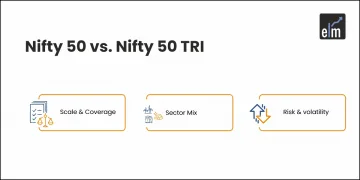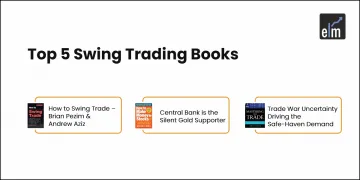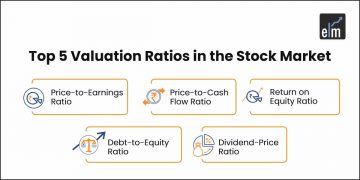In an interesting session as a part of the highly popular Face2Face series, conducted by Elearnmarkets, Mr. Vivek Bajaj, Co-founder of Elearnmarkets, invited Mr. Kaushik Mohan, a successful stock market Investor, to decode stock analysis technique and how one can identify thief companies in the stock market through fundamental analysis and save uncommon losses.
Mr. Kaushik Mohan has been in the stock market for around 10 years and researched companies both by reading reports as well as doing ground visits. He interacts with the management of the companies to know what are the futuristic goals and how the companies are performing. Also, he does ground research by visiting the factories and markets to find out how the companies’ products are doing in the market.
Let us discuss how we can find the red flags of the companies by doing a fundamental analysis of the companies:
Table of Contents
Why is it important to find Red Flags in the companies?
A red flag is used as a metaphor. It is typically used to indicate that there is an issue with a specific circumstance or to raise concerns. There may be warning signs in business that alert analysts and investors to a company’s or stock’s potential financial problems. Economic warning signs frequently point to impending issues.
There is no accepted method for recognising red flags. The research process an investor, analyst, or economist uses will determine how to find issues with an investment opportunity. Examining financial documents, economic indicators, or historical data may be part of this.
When deciding whether to invest in a company or security, investors must use due diligence. Financial statements offer a plethora of data about an organization’s health and can be used to spot potential warning signs.
However, if the investor is unable to read financial statements correctly, it is practically hard to spot warning signs. Understanding financial accounts thoroughly and being able to comprehend them will help you succeed when investing.
The Compounding Interest
Mr Kaushik begins this interaction by discussing the compound interest formula which is – A= P(1+R/100)^t
He says that people usually focus on return but they should actually focus on the time. According to him, a person can generate that much amount of wealth as more he spends time in the stock market.
Also, people should focus on the principal amount as without that component formula won’t work. Also, when investing in the stock market, one can look at P as the amount invested.
In the bear market, the probability of making good returns is bigger. So, one should never miss the bear market. At that time, one should focus on the P and not on T.
Mr Kaushik Mohan found out that in the bear market, companies in which retail investors, CFO expectation problems, cyclicals and promoter pledging are maximum, companies are bound to fall.
Stock Market-Finding Red Flags in the Financial Statements
According to Mr. Kaushik Mohan, 80% of the work is done by reading the following financial statements. The other 20% is done through ground analysis, market research and end consumers’ feedback. Below are the following financial statements that one should refer to:
- Cash Flow
- Profit and loss
- Balance sheet
- Auditors Report
- Management Commentary
- Industry Numbers
- Credit Rating report
Cash Flow Statements
According to Mr Kaushik Mohan, the cash flow statement from Operating Activities is one of the most important financials that one should focus on.
CFO Calculation (Indirectly)= Net profit + Depreciation and Amortization +/ – Working capital changes
One should note that the CFO should be more than net profit after post-tax. In the above table, we can see the CFO calculation of three companies. If the CFO is more than 1 then it is marked in green and if the CFO is less than 1, then it is marked in red.
Philosophically there should be more green boxes than red boxes for a good fundamental company. So, in the above example, we can see that Company B, has more green boxes then compared to the other companies in the same sector.
So, we can conclude from the above example, that company B is a good wealth creator company. If we do not invest in Company B, then we can invest in Company A as it has more green boxes than Company C.
However, Company B did not participate in the 2021 rally. The company that participated in the rally was Company C. This is because they had a problem with the working capital.
Other Fundamental Parameters
Other than the above fundamental parameter, one should also analyze the following parameters:
- Audit fees as a percentage of revenue
- CCC (cash conversion cycle)
- Goodwill as a percentage of total assets
- Board and promoter composition
- Loans and advances
- Fixed cost and variable cost
You can watch the full Face2Face video from here:
Bottomline
One should note that other than reading the financial statement, one should also do market research on that company to decide whether to invest or not in the market.






